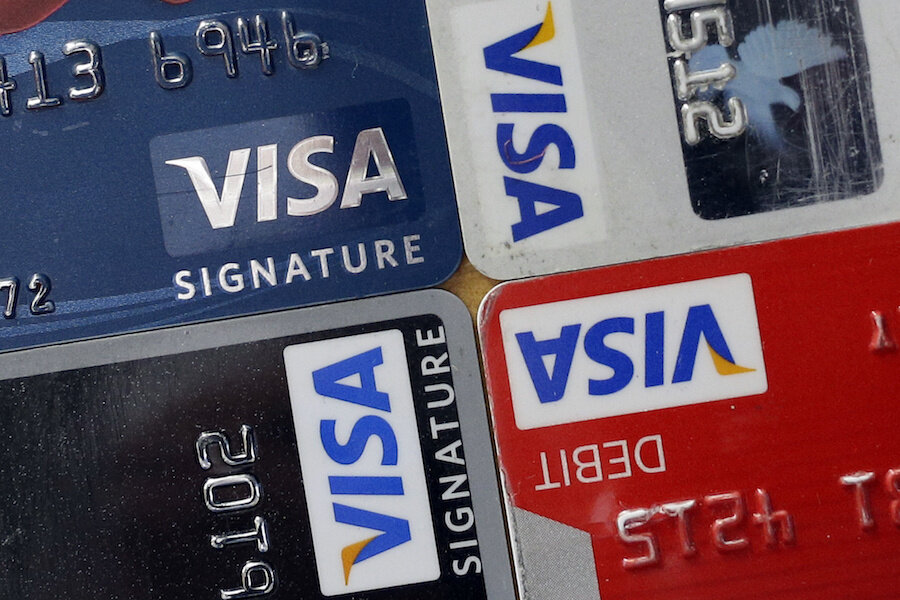Dos and don'ts of refinancing credit card debt
Loading...
Millions of Americans struggle with credit card debt. Trying to dig your way out of a pit of debt can feel overwhelming. One of the first things many people try is consolidating their outstanding debt under one bill. Doing this can sometimes lower the overall interest rates and simplify the repayment process. However, there are many potential perils and considerations consumers need to navigate through when they decide to go through with consolidating their card debt. In this guide, we go over some of the most common ones.
Do Take Advantage of Balance Transfer Credit Cards
One of the easiest ways to refinance your credit card debt is to open a new balance transfer credit card and move your balances to it. These are special 0% interest credit cards that give you some time to focus on paying down your credit card balance by deferring your interest. Despite the fact that most cards charge you a small fee upfront, it is almost always a good deal to consolidate your debt using them. The interest savings alone will usually cover the cost of the upfront fees and the process will supercharge your ability to pay back your debts. Keep in mind that you can be limited with this approach. You can only consolidate as much debt on your balance transfer card as your new credit line will allow for.
Don’t Make New Purchases on Your Balance Transfer Card
When you transfer all your balances to a new card, it is crucial to focus on repaying your debt. This means you shouldn’t charge new purchases to the card – especially if you are in the middle of a 0% promotional APR period. A new purchase that’s not covered by the promotional APR will typically be what your monthly payments are applied towards. That means if you continue to make new purchases on your balance transfer card, instead of paying down your debt, you will not even put a dent in the principal balance you originally planned to get rid of. Buy your essentials using cash when possible, until you completely get rid of your outstanding debt.
Do Look Into Debt Consolidation Loans
Another good way to consolidate your credit card debts is to take out a separate consolidation loan. However, you need to understand two things before going down this route. First, this is only a good move if you can get a lower interest rate than what's part of your card's terms. If you have a good to excellent credit score this can be fairly easy to get. Secondly, you should be aware of the type of payment plan you will enter into with your new loan. This involves figuring out things like the fees involved and whether you will be penalized for paying back the loan early. So long as you’re lowering your interest rates, and you are fully aware of any additional costs involved, this can be a good alternative to a opening a balance transfer credit card.
Don’t Take Out Home Equity Loans
When searching for ways to consolidate credit card debt you may come across offers for home equity loans. These are special secured loans that have you put your home up as collateral. If you fail to repay your loan, the lender may foreclose your home. You should never take out a home equity line of credit to pay down your outstanding credit card debt. Even if you feel confident about your ability to repay the debt, the risk is too great. Consider what would happen if some financial emergency prevented you from making payments. You may, all of a sudden, find yourself without a home over some relatively small amount of card debt.
Do Work on a Repayment Plan
Once you figure out the best vehicle for consolidating your credit card debt, you should take the time to come up with a repayment plan. Decide how much you can afford to pay towards the debt on a monthly basis, and try to estimate how long it will take to fully pay off. Doing this can allow you to compare options and pick between things like different balance transfer cards or consolidation loans. When constructing your repayment plan, remember to not forgo some of the basics. You should still try to put some money away into your savings, so that you are not living paycheck to paycheck. Understand that a financial emergency may come up at any time, and you don’t want to be caught without the ability to cover such an expense. Therefore, it’s generally not a good idea to throw all your money towards paying down your debt. Instead, try and find the right balance. If you don’t feel up for the task, it may be best to contact a financial advisor instead.
This story originally appeared on ValuePengun.





